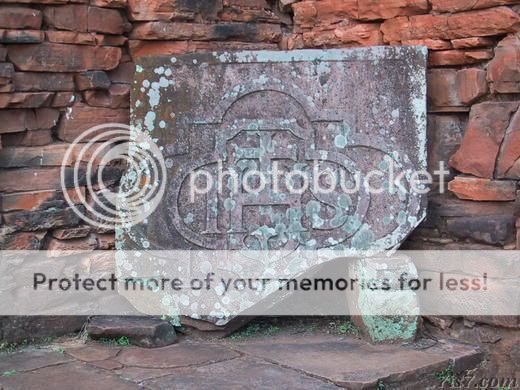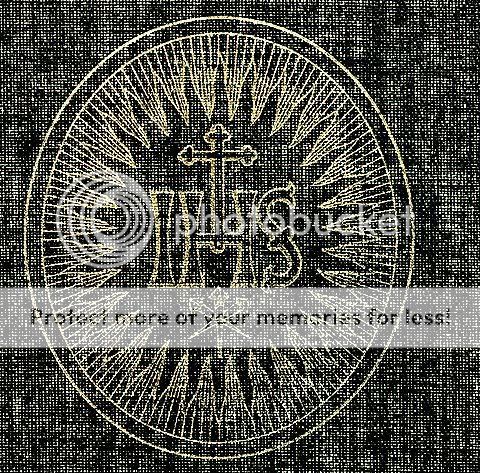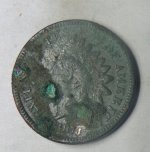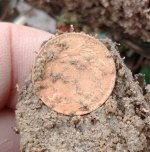pegleglooker
Bronze Member
- Jun 9, 2006
- 1,857
- 237
- Detector(s) used
- ace 250
- Primary Interest:
- All Treasure Hunting
Hello All,
Thankx Mike for all that.... But I was just wondering that just maybe... all the relics where not deposited at Travertine but Signal mt just south of the border. I know that there is a story attached to that one as well, and that some of the relics were found. If I remember right most of the finders were killed off by Indians. Maybe someone just got the two spots mixed up... No
What are your thoughts
PLL
Thankx Mike for all that.... But I was just wondering that just maybe... all the relics where not deposited at Travertine but Signal mt just south of the border. I know that there is a story attached to that one as well, and that some of the relics were found. If I remember right most of the finders were killed off by Indians. Maybe someone just got the two spots mixed up... No

What are your thoughts

PLL







